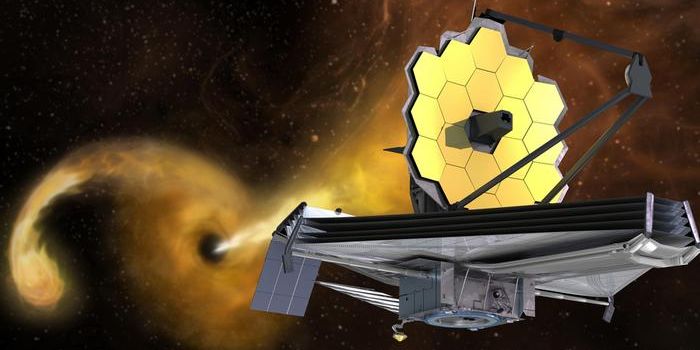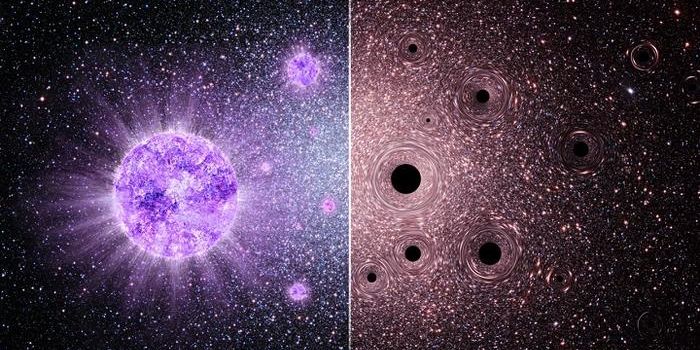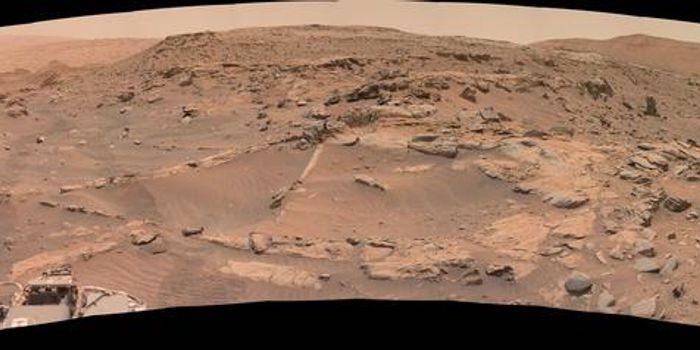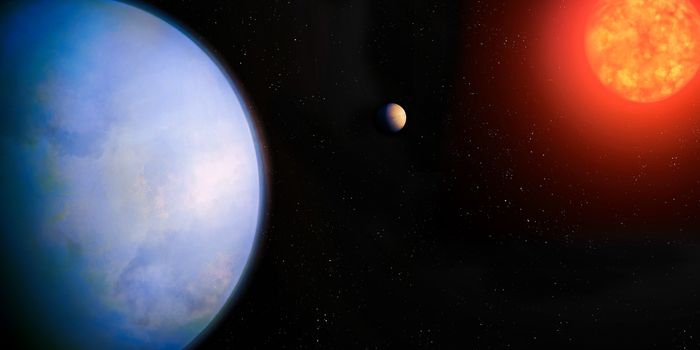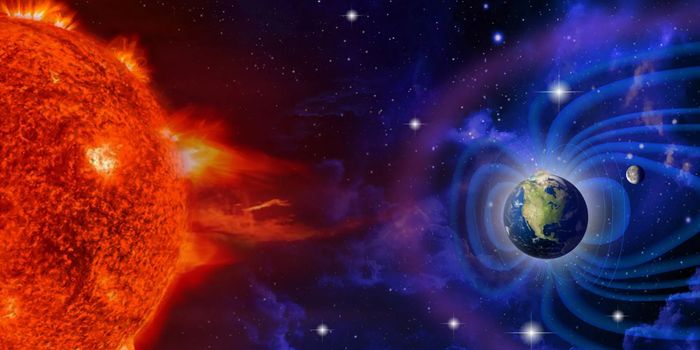10 Facts You May Not Know About Carl Sagan
Carl Sagan was born November 9, 1934, 87 years ago today. He would go on to become one of the most influential voices in astronomy, earning 22 honorary degrees from US colleges and universities and publishing over 600 scientific articles throughout his lifetime. His show, Cosmos: A Personal Voyage, was the most-watched show on PBS for ten years. To celebrate Sagan's life and legacy on his birthday, here are ten facts you may not know about the legendary astronomer.
1. He supported the legalization of marijuana.
Carl Sagan wrote an essay for Time Magazine under a pseudonym outlining the benefits of marijuana. He even credited the drug for some of his most profound inspirations in art, science, and music.
2. Harvard denied Sagan tenure in 1967.
After spending five years as an assistant professor in the Department of Astronomy, Harvard University rejected Sagan's application for tenure. This led to Sagan's hiring at Cornell University, where he remained for the rest of his career.
3. He wrote 20 drafts of his book, Pale Blue Dot.
These early drafts still exist in the Library of Congress. Also a part of the library of Congress is a collection of more than a thousand boxes of Sagan's research and materials, funded by Family Guy Creator Seth McFarland.
4. He was an early defender of climate science.
Sagan studied the climate of Venus as the subject of his Ph.D. thesis. He compared the greenhouse effect of Venus's atmosphere to Earth's and warned that contributing to Earth's greenhouse effect could lead to something similarly catastrophic in our future.
5. He came up with the universal message sent out on the Voyager satellites.
Carl Sagan is credited with the idea to send a message out into the Universe on the Voyager Missions. Both satellites carry a gold phonograph record containing a collection of sounds from Earth, including music and greetings from 59 different languages.
6. He had a cameo on Star Trek.
The astronomer was memorialized in many popular TV shows and movies. In Star Trek: Enterprise, there is a plaque on Mars dedicated to the Carl Sagan Memorial Station.
7. Bill Nye, the Science Guy, was a former student of Carl Sagan.
When Bill Nye was a student at Cornell, he took a class with Carl Sagan. Bill Nye remembers the lessons fondly, “If you saw the series Cosmos,” he says" “his lectures were like those television shows.
8. There is a unit of measurement named after him.
Sagan’s “billions of billions” was later (jokingly) turned into a unit. A “Sagan” is defined as a large quantity of something, at least four billion.
9. On that note, Sagan never really said “billions of billions.”
While the phrase “billions of billions” became inseparable from Carl Sagan, Johnny Carson was actually the first to use the term on a skit on The Tonight Show. The phrase later became associated with Carl Sagan.
10. Carl Sagan was an early and influential science communicator
Sagan’s lasting legacy, by far, was his ability to distill complex scientific information for general audiences. He appeared on The Tonight Show 26 separate times, wrote the book Contact to present core principles of astrophysics, and his show Cosmos won an Emmy and a Peabody award. In his obituary, the President of the National Academy of Science said this about the late astronomer: "Carl Sagan, more than any contemporary scientist I can think of, knew what it takes to stir passion within the public when it comes to the wonder and importance of science."
Happy birthday, Carl Sagan!
Sources: HowStuffWorks, Mental Floss, Futurism, Space.com, MIT, Gizmodo, The Guardian

